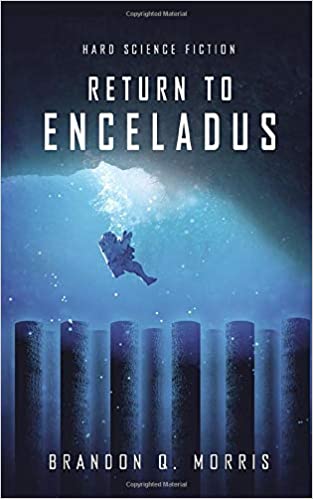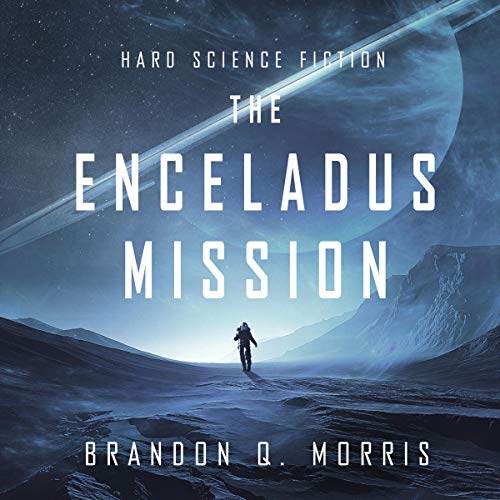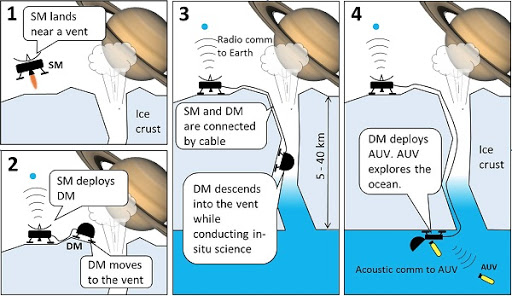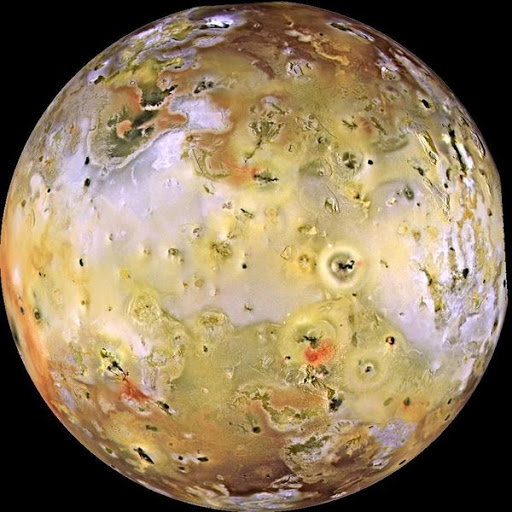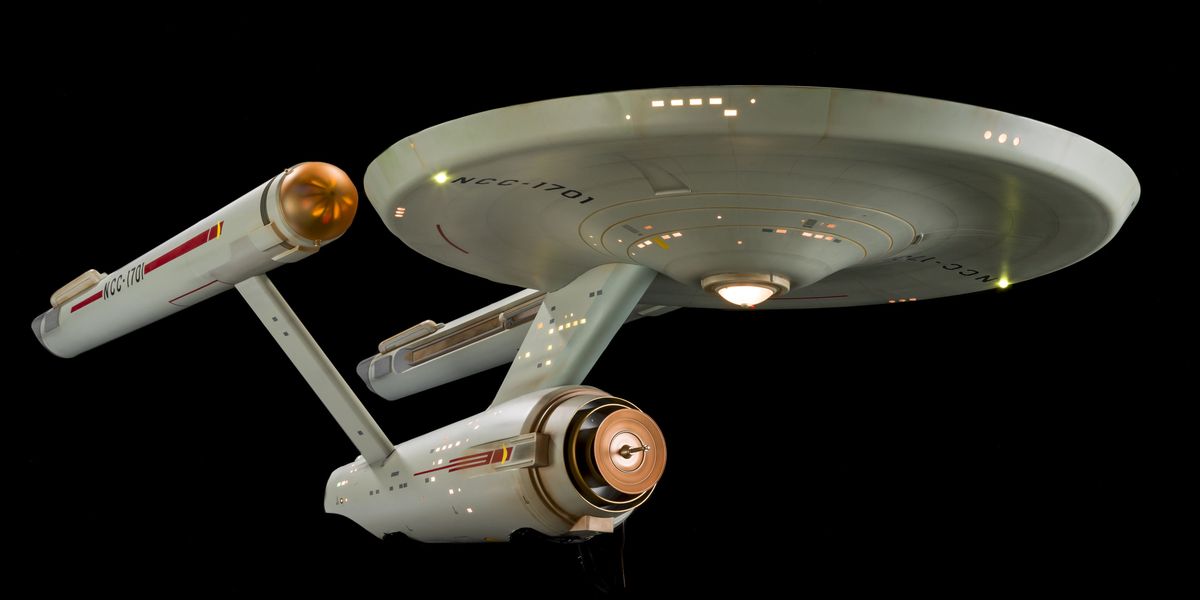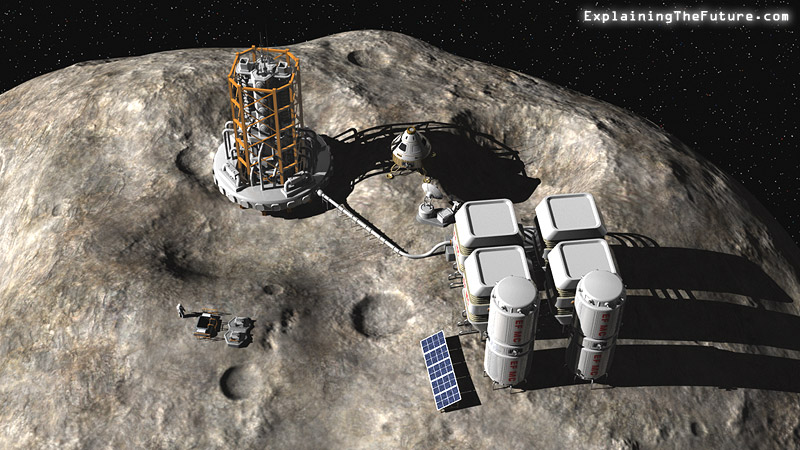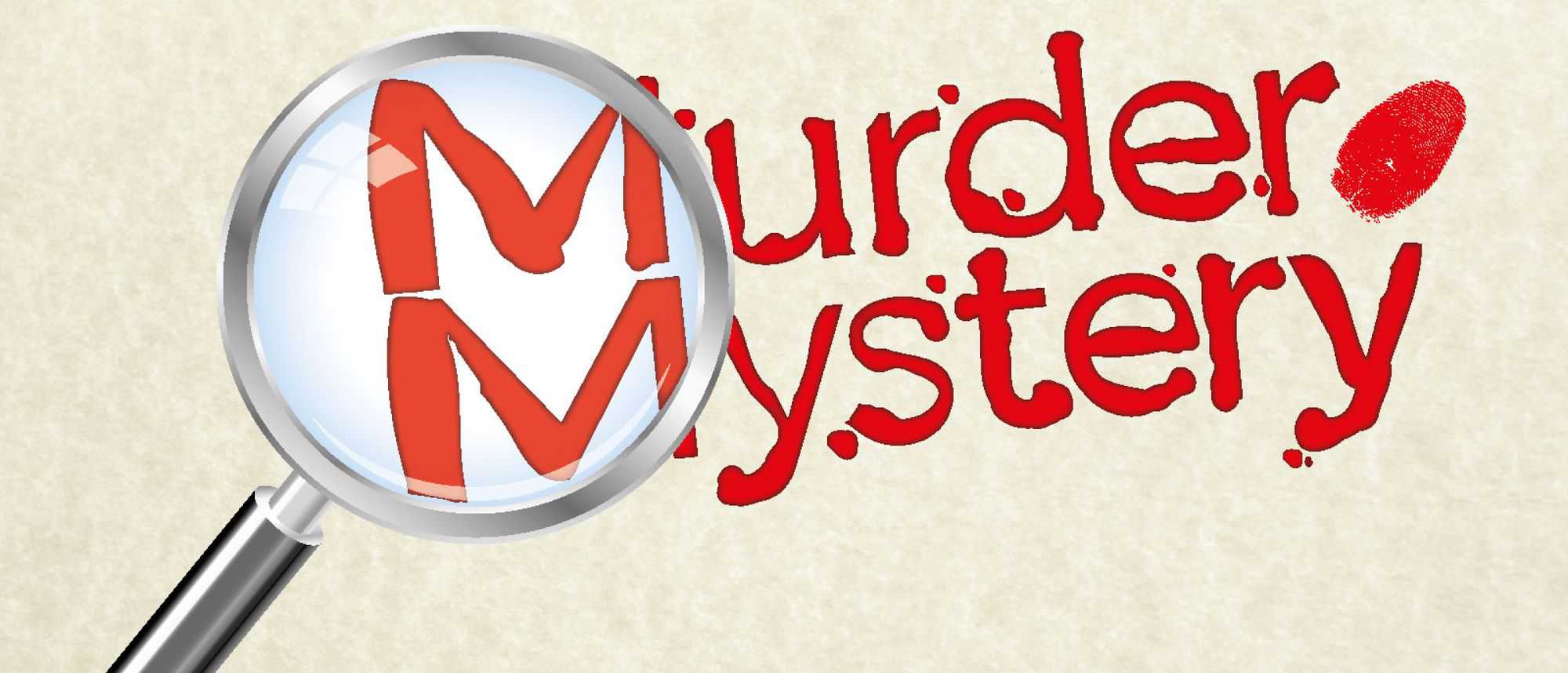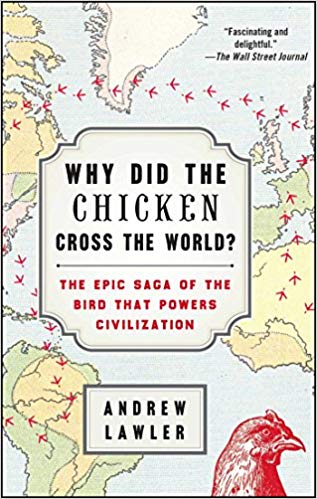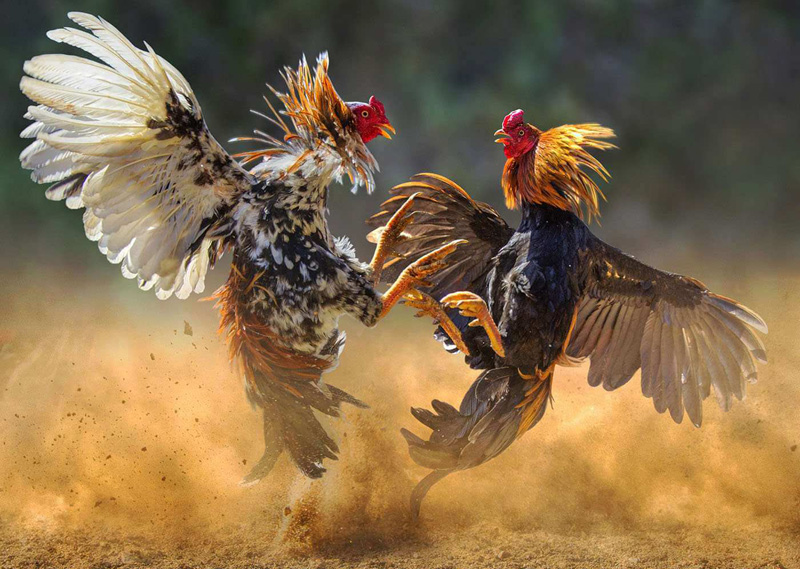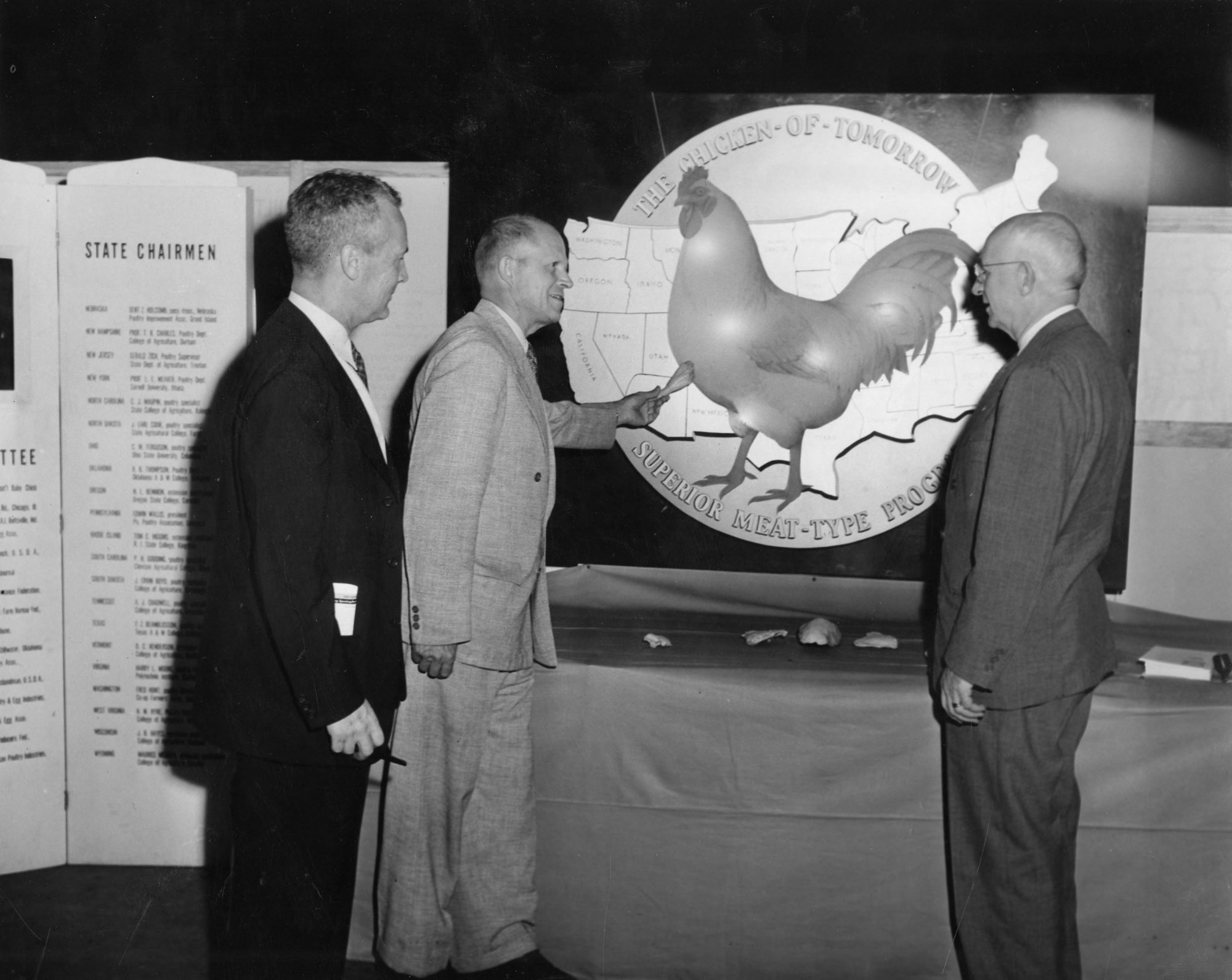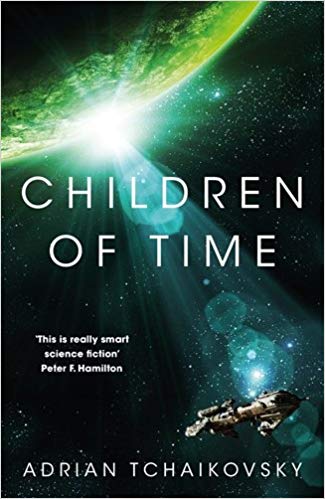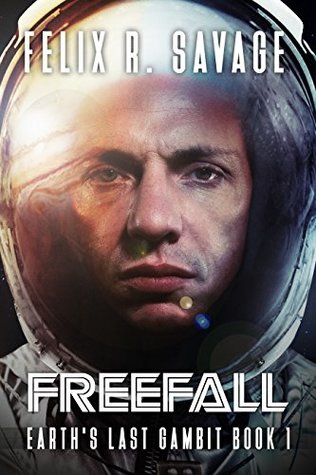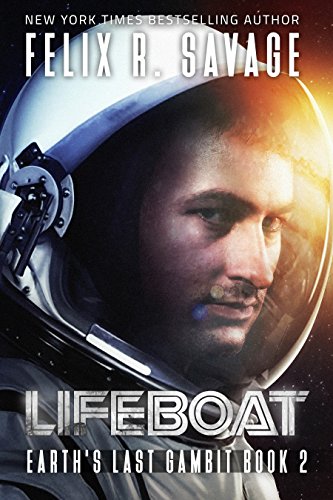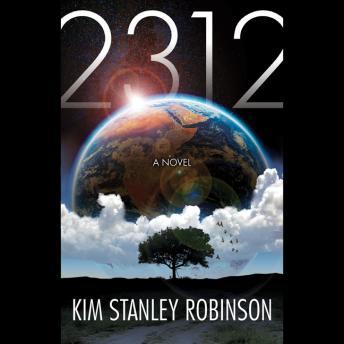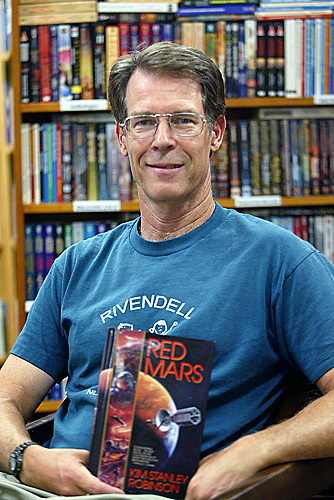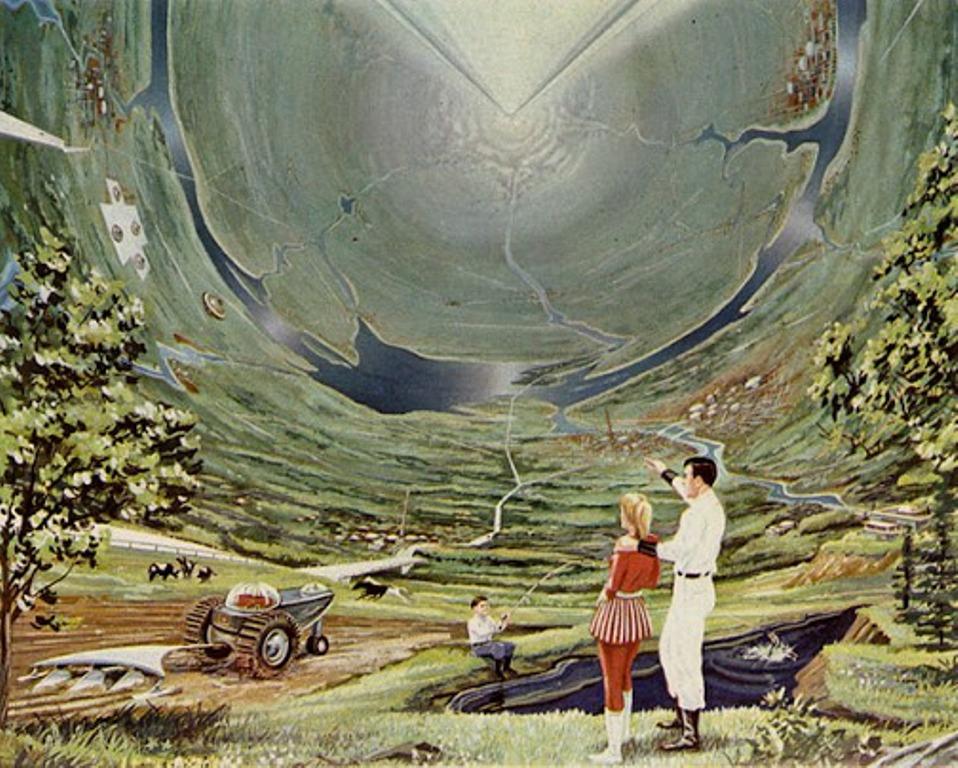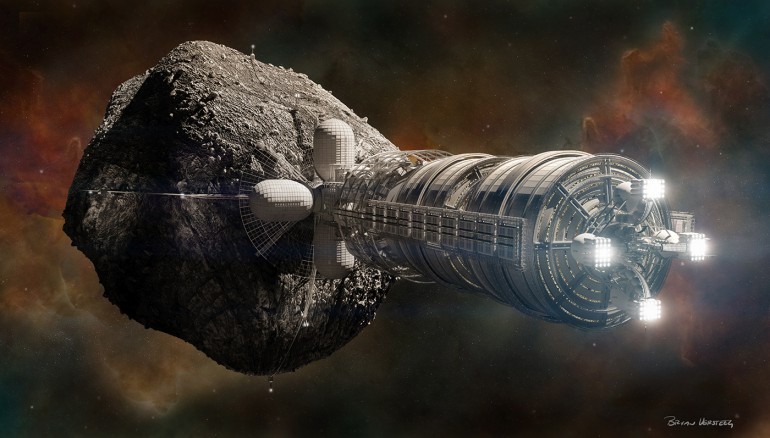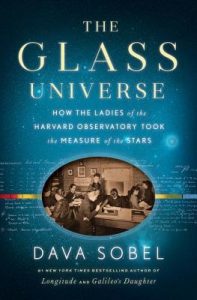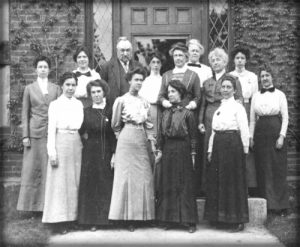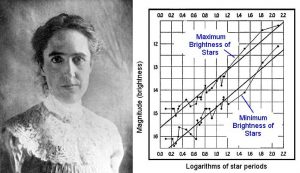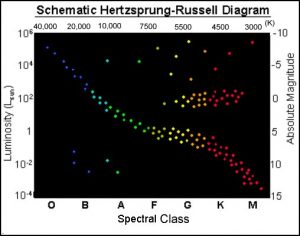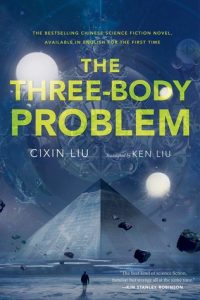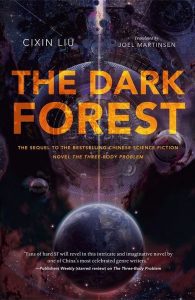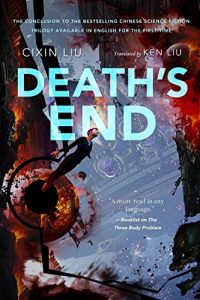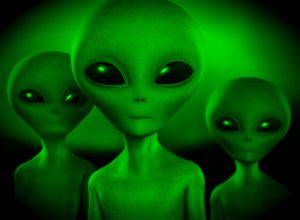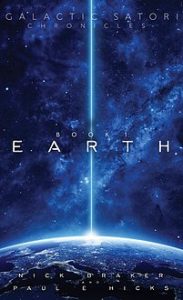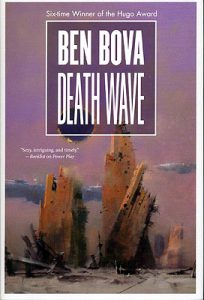‘Project Hail Mary’ is the third novel by Andy Weir, best known as the author of ‘The Martian’. Like Weir’s two earlier novels ‘Project Hail Mary’ is a fast paced, hard science fiction adventure with both a plausible plot and relatable characters. In many ways this is Weir’s forte, he always does his science and engineering homework beforehand so that as he writes he can describe the interior of a spaceship as accurately as another author could describe the interior of a Starbucks.

And like Mark Watney in ‘The Martian’ Ryland Grace, the main character in ‘Project Hail Mary’, is the sort of person who solves problems by ‘Sciencing the shit out of them.’ As the novel opens, Grace wakes up aboard a spaceship with amnesia, and two dead astronauts for his only company. As the story goes along Grace remembers bits and pieces of his past, a commonly used plot device that allows Weir to fill in some backstory whenever he needs to.
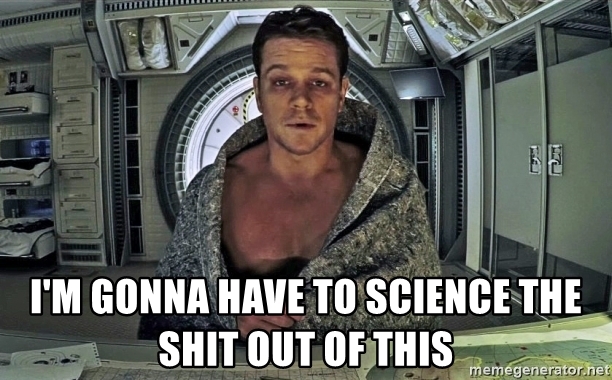
In fact there’s quite a lot of backstory. As Grace remembers his past Weir describes in detail the threat to our Sun, and therefore us, that prompted Project Hail Mary. He also describes the design and construction of the spaceship that will take three astronauts on an expedition to hopefully find a way to save our Solar System.
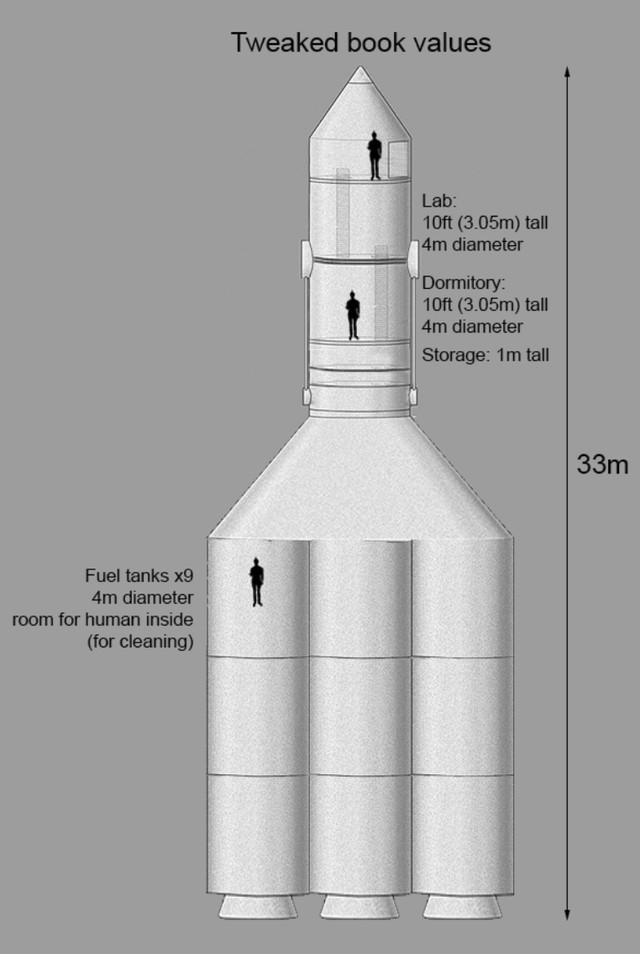
You see unlike ‘The Martian’ or Weir’s second novel ‘Artemis’, both of which took place inside our Solar System and only concerned terrestrial life forms, ‘Project Hail Mary’ takes place in the Tau Ceti system and deals with humans contacting alien life. With the rest of his crew having died while in hibernation, which is also the cause of his amnesia, Grace is all alone in another Solar System trying to save all of humanity from a threat that’s infecting multiple solar systems. Or is he alone; could there be another intelligent species in the same predicament as we are?
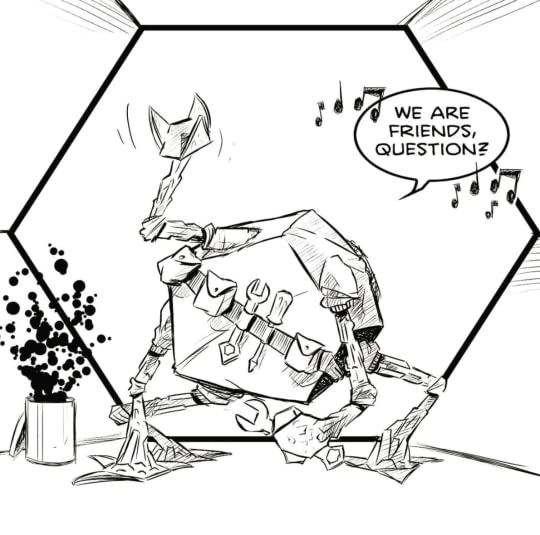
So you get a story of first contact with aliens while under the shadow of extinction for both species. Weir’s alien comes from the Epsilon Eridani system and lives in a very different, and deadly environment. Because of that the only time Grace and it touch is during an emergency that nearly destroys both ships and the result of that touch is that both creatures nearly die.

Both human and alien work together however to save their worlds, that’s another idea Andy Weir seems to like to portray in his novels, how much more we can accomplish if we just try to work together. And there are a lot of problems for the two astronauts to solve before the end of the novel, another of Weir’s traits.
One small criticism I have is that the two expeditions show up in the Tau Ceti system at the virtually the same time looking for a solution to the same threat, what are the chances of that happening. In fact there are a number of such unlikely events in the novel. But of course any good story, especially a science fiction story, requires a little suspension of disbelief.
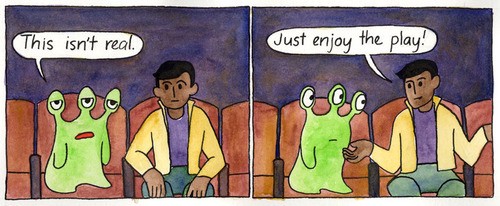
All in all ‘Project Hail Mary’ is a very good SF novel, I really enjoyed it. And unlike all too many SF novels these days it isn’t the first installment in a series of books. Andy Weir is apparently the sort of writer who has a good idea for a story and then writes the story without adding a lot of filler in order to stretch his idea out for three or four books.

There’s no filler in ‘Project Hail Mary’, just probably the best science fiction novel I’ve read since…well, the ‘Martian’!


